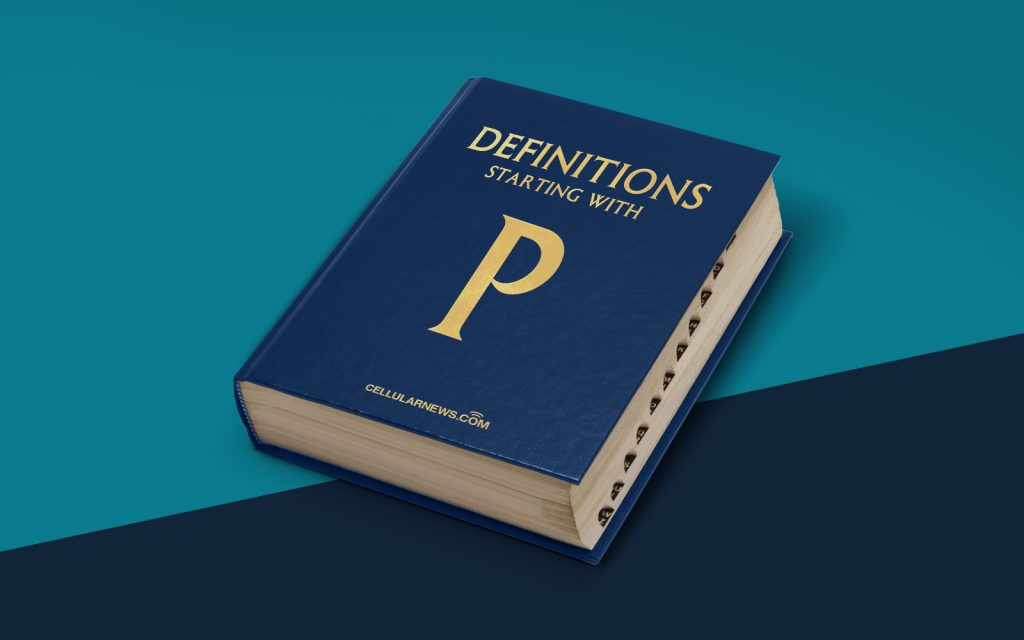
What is a Personal Digital Assistant (PDA)?
Welcome to our “DEFINITIONS” category, where we unravel the mysteries of various technical terms and concepts. Today, let’s explore the fascinating world of Personal Digital Assistants (PDAs), the handy companions that have revolutionized how we stay organized and connected in the digital age.
Have you ever wondered what a PDA is and how it differs from a regular smartphone or tablet? Well, you’ve come to the right place! In this blog post, we’ll dive into the definition, history, and functionalities of PDAs, providing you with a comprehensive understanding of these remarkable devices.
Key Takeaways:
- A Personal Digital Assistant (PDA) is a compact electronic device that combines the functionalities of a smartphone, planner, and digital organizer into a single handheld unit.
- PDAs gained popularity in the late 1990s and early 2000s, offering individuals a portable solution for managing schedules, contacts, and various other personal information.
The Evolution of PDAs
The concept of a Personal Digital Assistant can be traced back to the late 1980s when companies began experimenting with portable electronic devices that could assist users in managing their daily tasks. However, it wasn’t until the 1990s that PDAs really took off and became a must-have gadget.
The initial PDAs featured monochrome displays and limited functionalities, primarily serving as digital planners. Their popularity surged as more advanced models hit the market, boasting color screens, touch interfaces, and the ability to synchronize data with a computer. This allowed users to carry their schedules, contacts, and notes wherever they went, making PDAs invaluable tools for professionals and individuals on the go.
Functionalities and Features
PDAs are no longer the primary choice for personal organization, as smartphones and tablets have largely taken over that role. However, PDAs still find their niche in certain industries and among enthusiasts who appreciate their unique capabilities. Here are some key functionalities and features that define PDAs:
- Organization and Productivity: PDAs excel at helping users manage their schedules, contacts, to-do lists, and notes. With built-in calendar apps, task managers, and note-taking capabilities, PDAs keep you on top of your commitments and help you stay productive.
- Connectivity: Many PDAs include wireless connectivity options, allowing users to access emails, browse the internet, and even make phone calls. While not as advanced as modern smartphones, this capability enables basic communication on the go.
- Expandable Storage: PDAs often come with expandable memory slots, allowing users to store additional data such as music, documents, and photos. This feature provides flexibility and increases the device’s usefulness.
While the era of dedicated PDAs may have passed, their influence lives on in the form of smartphones and smartwatches, which have inherited the organizational and productivity features of their predecessors.
In Conclusion
Personal Digital Assistants (PDAs) were groundbreaking devices that reshaped how we manage our lives. Although their popularity has waned in recent years, their impact on the evolution of technology cannot be denied. From basic digital planners to devices with wireless connectivity, PDAs paved the way for the smartphones and tablets we rely on today. So, the next time you spot an aging PDA tucked away in a drawer, remember the legacy it carries and the role it played in shaping our digital world!
